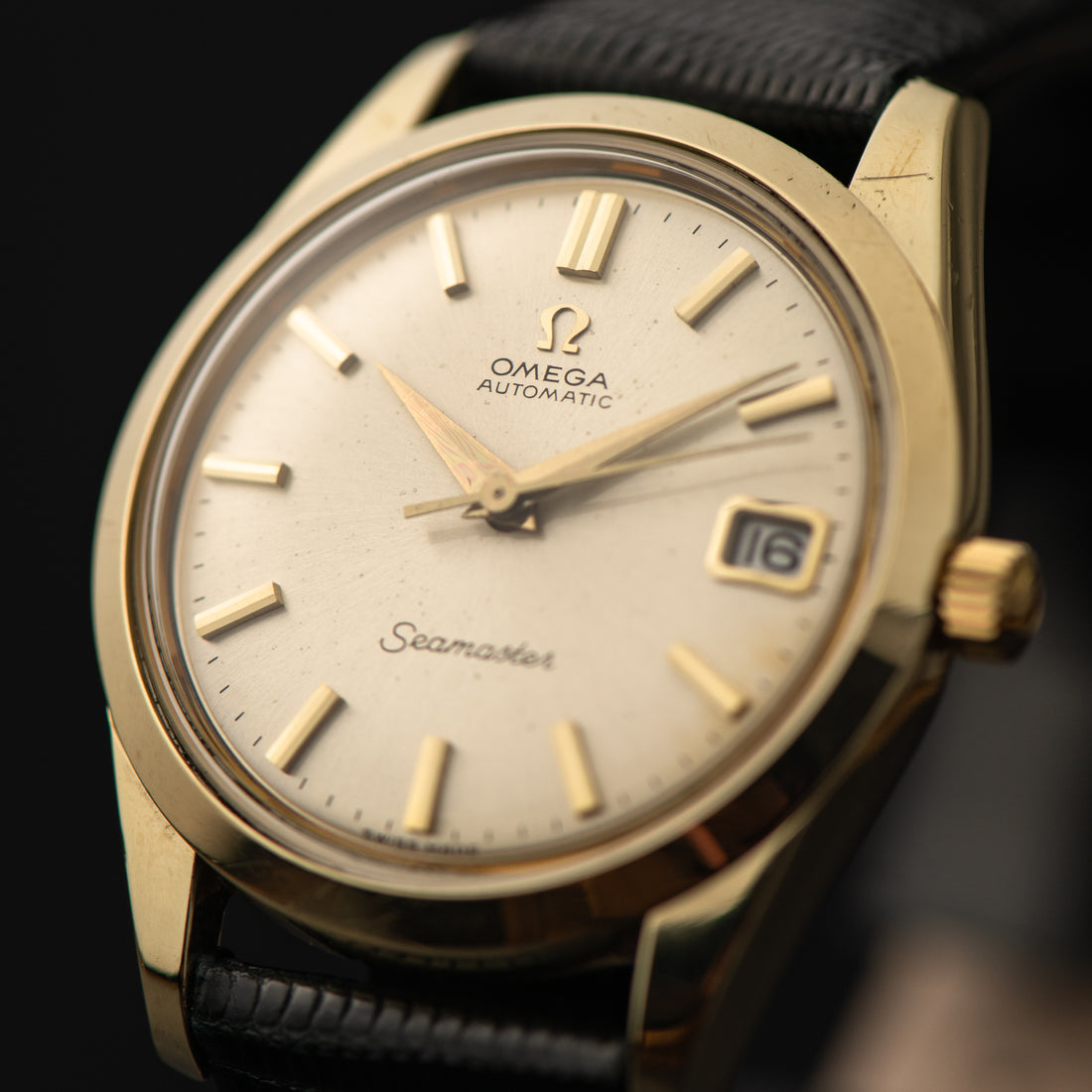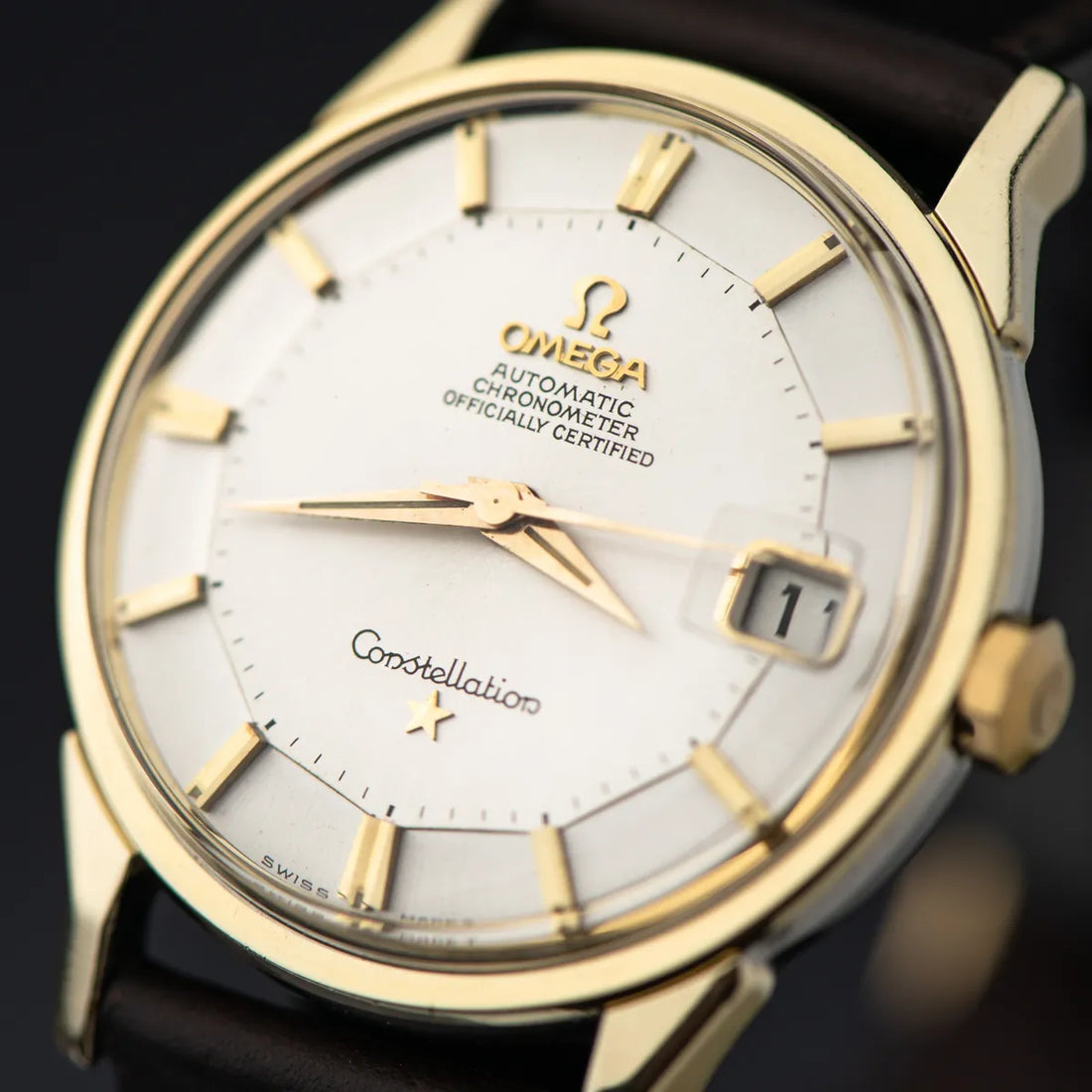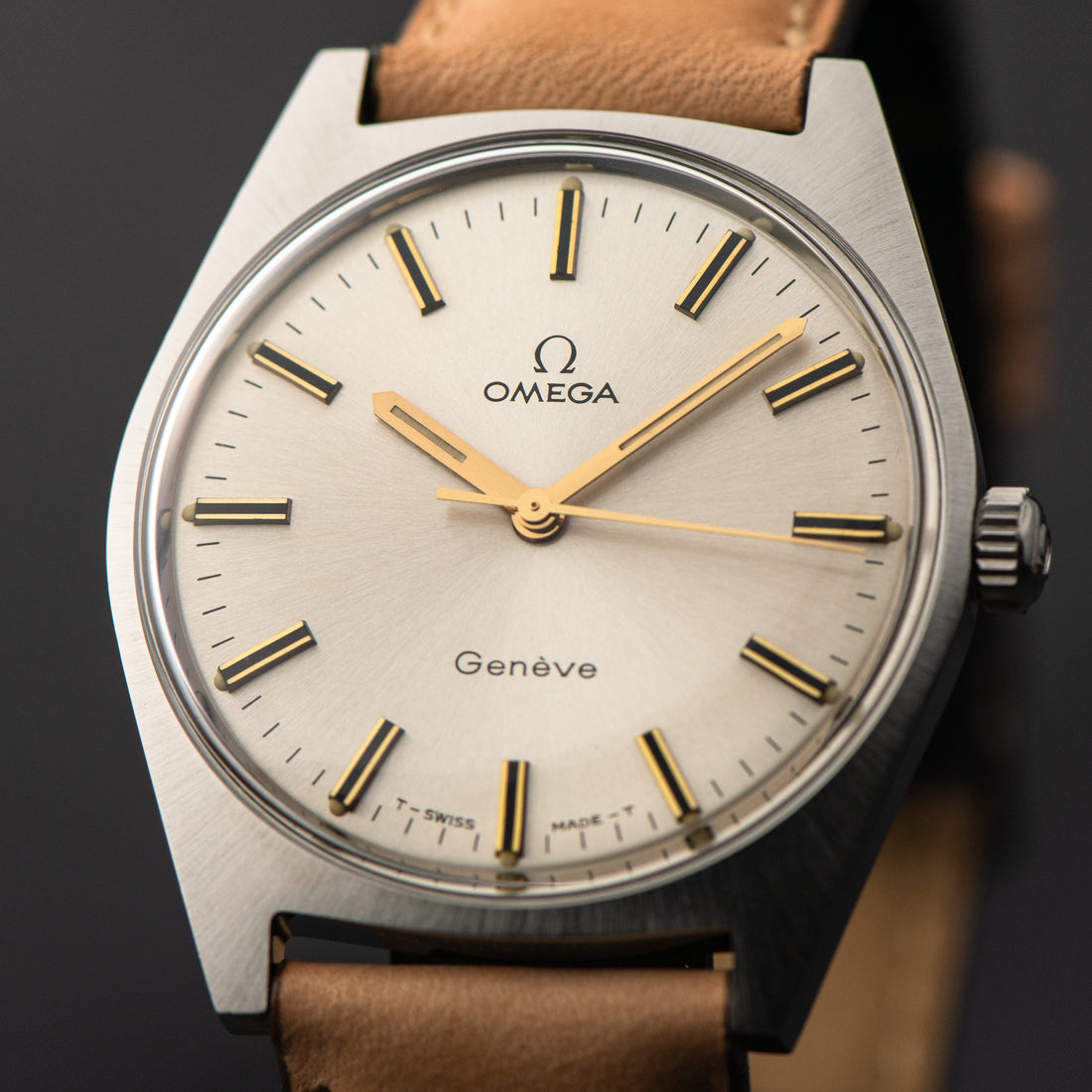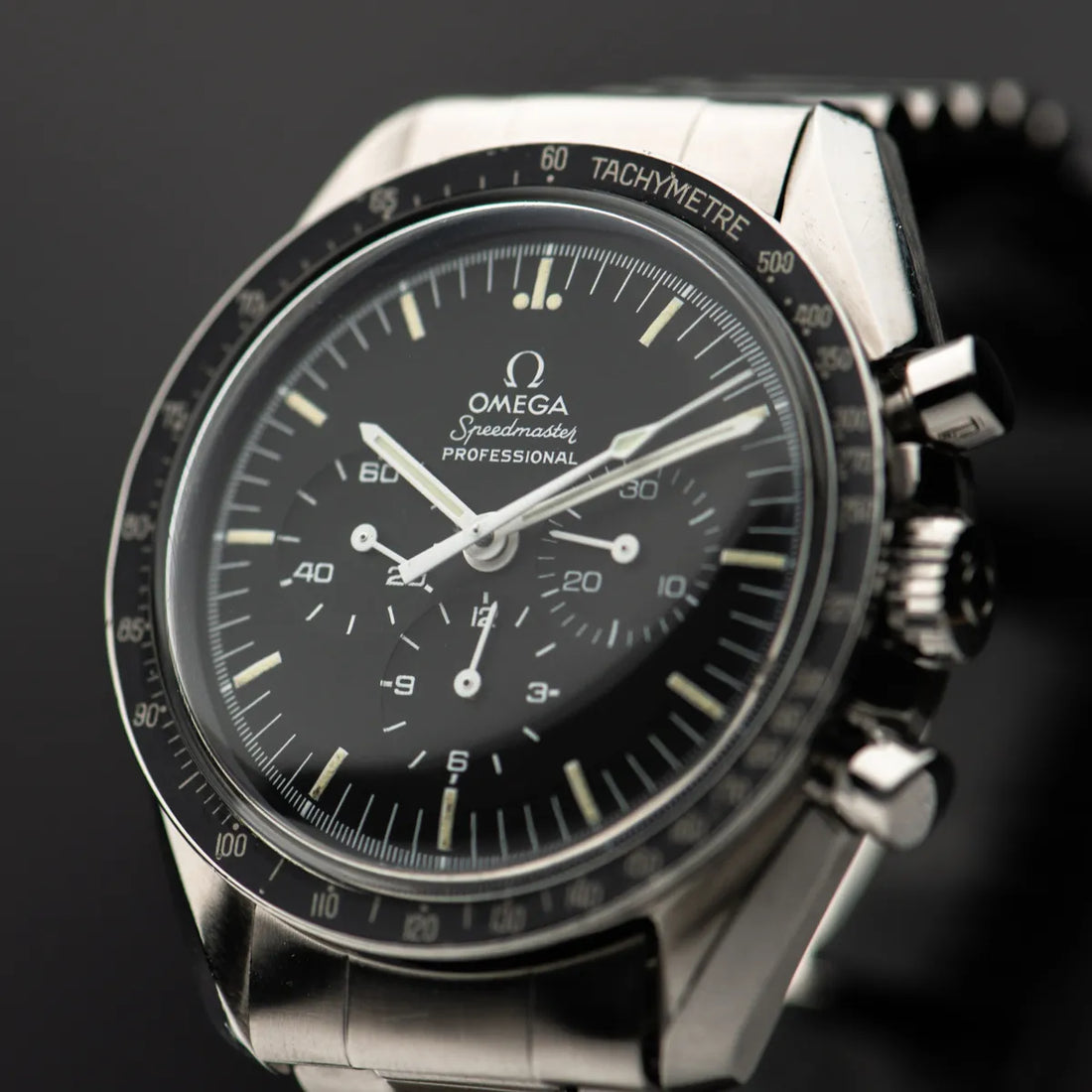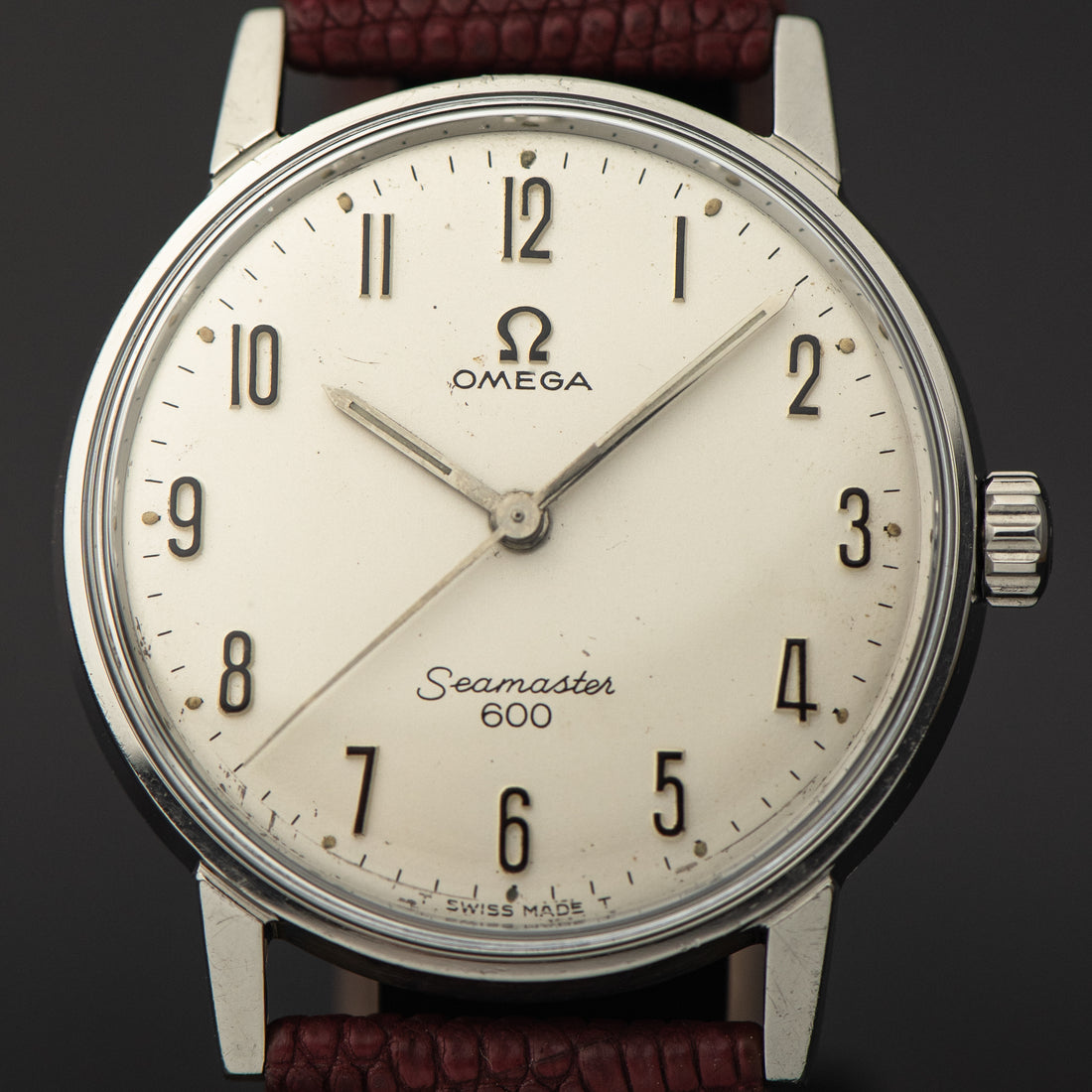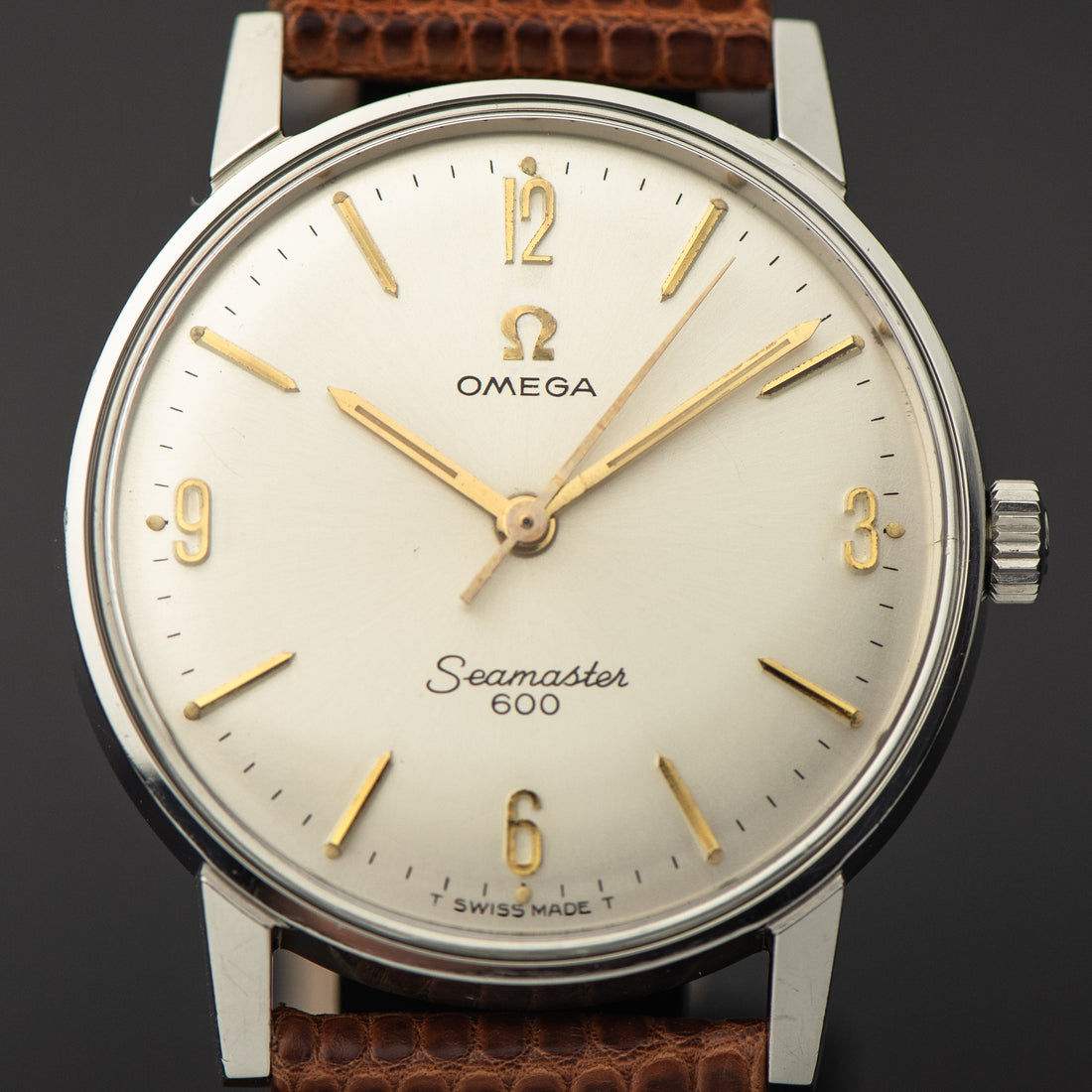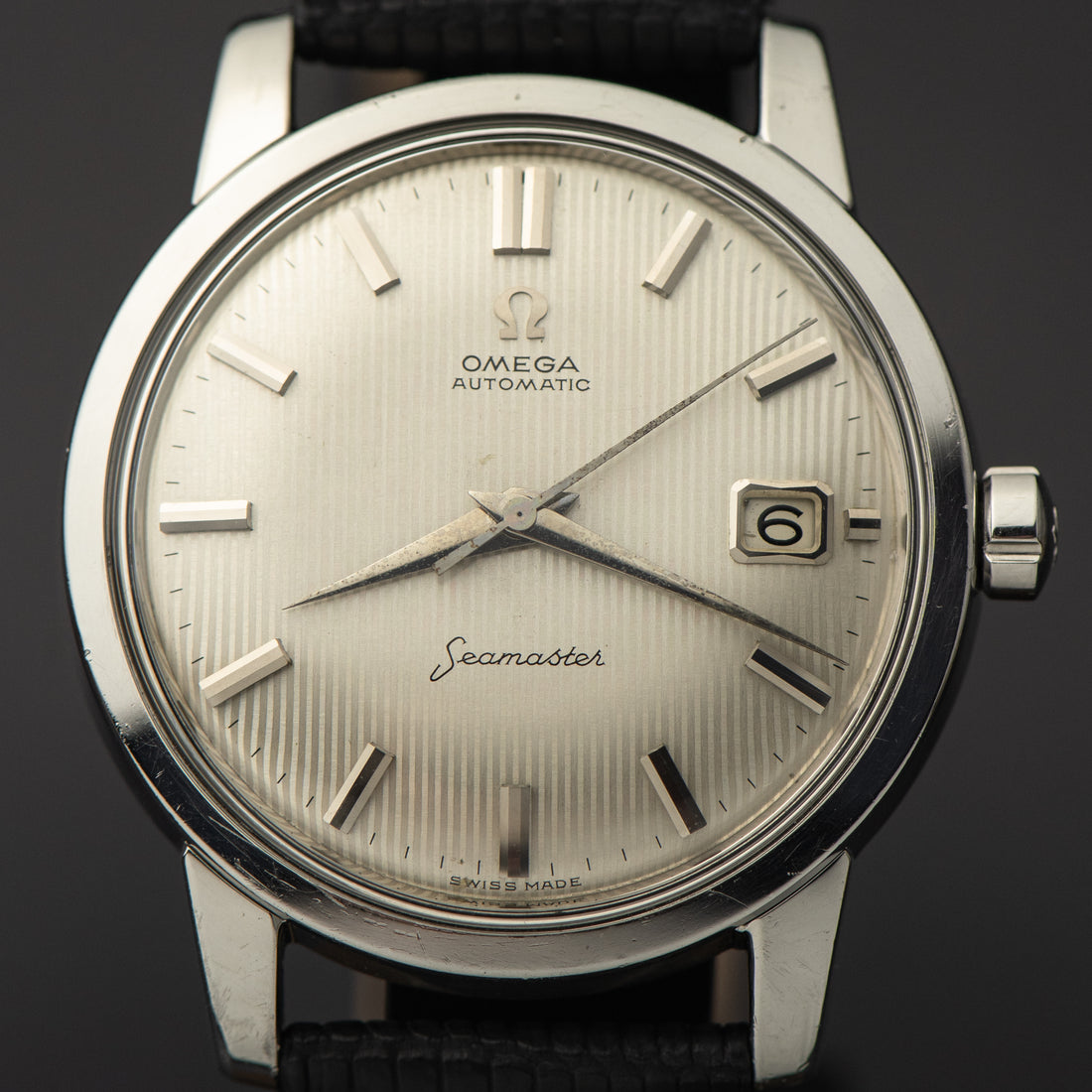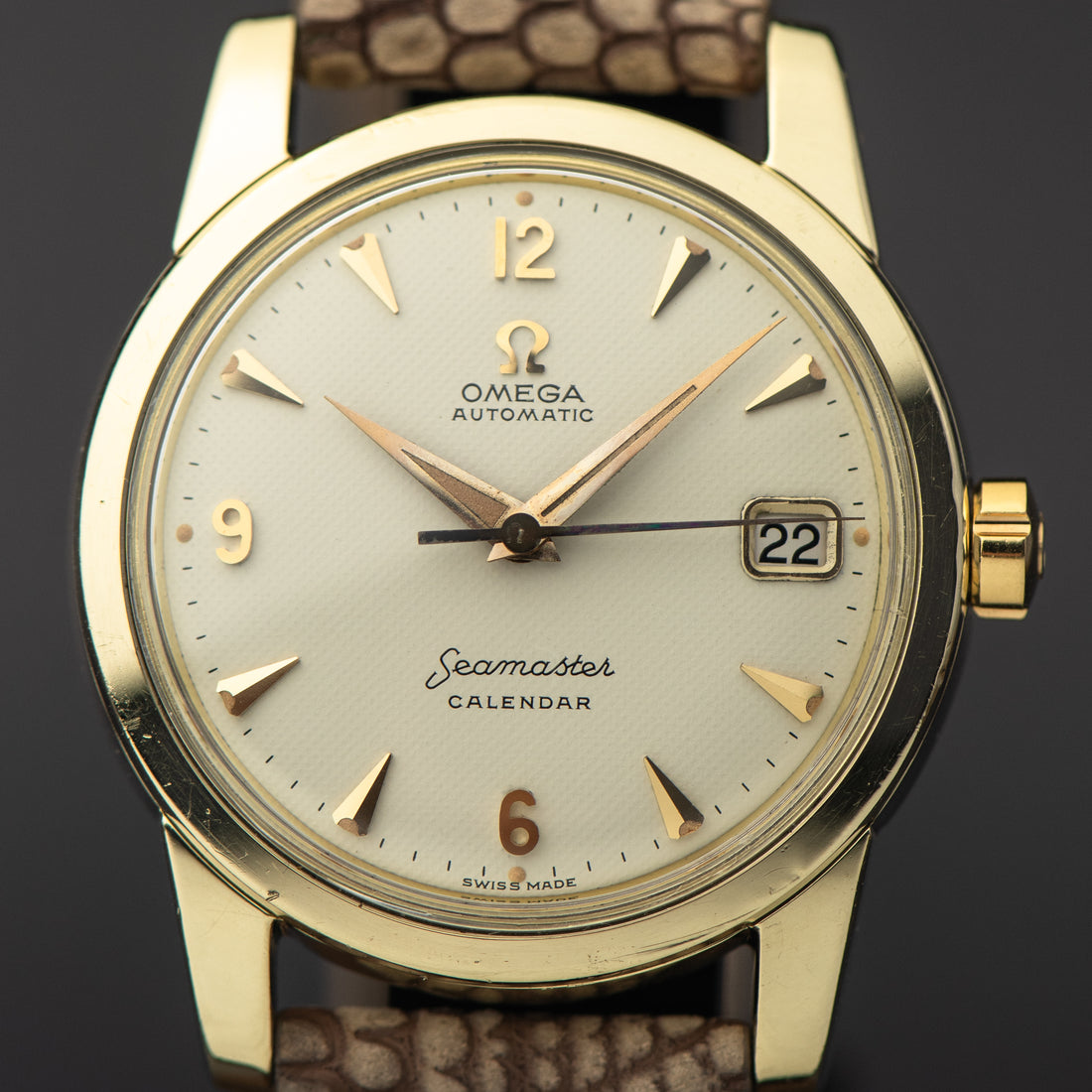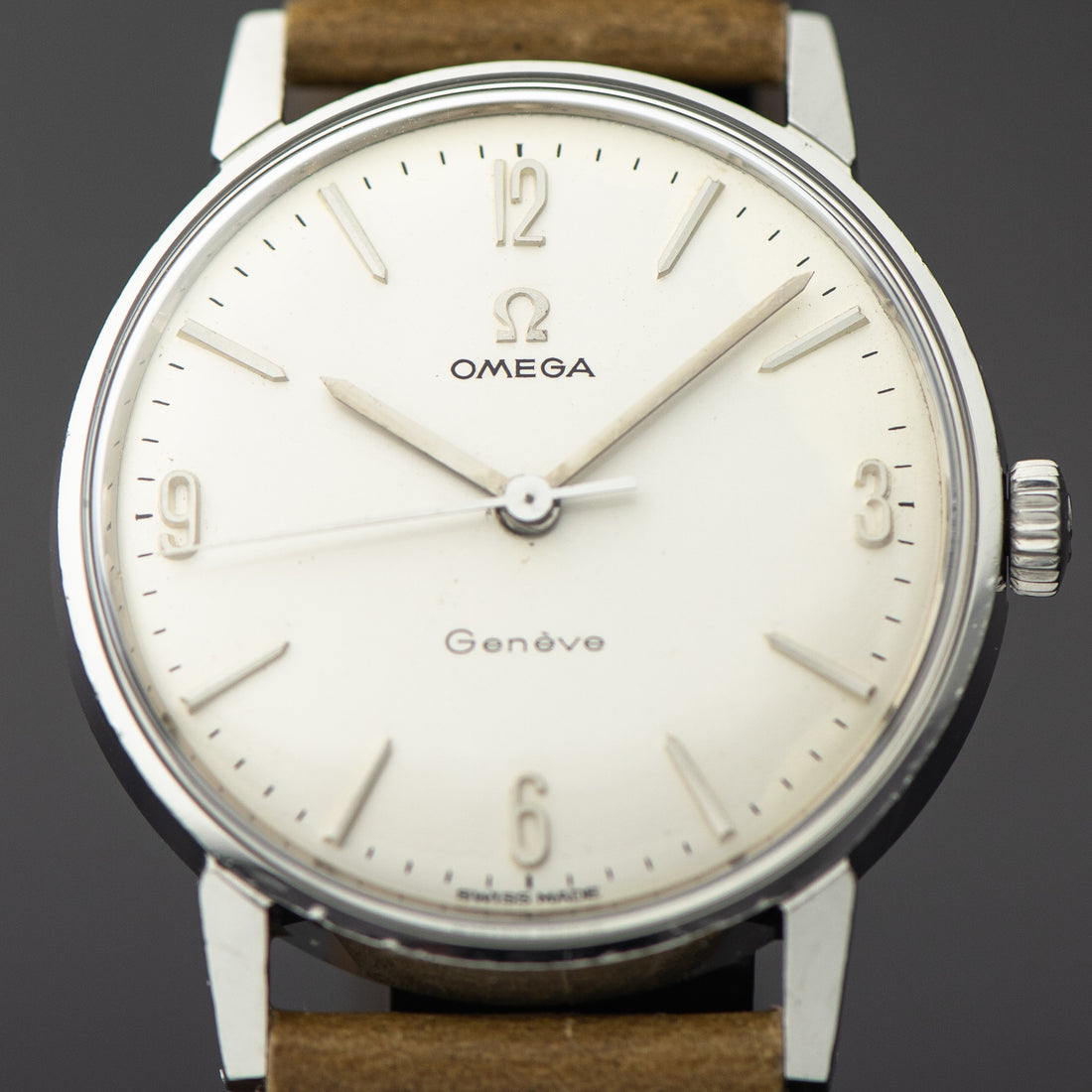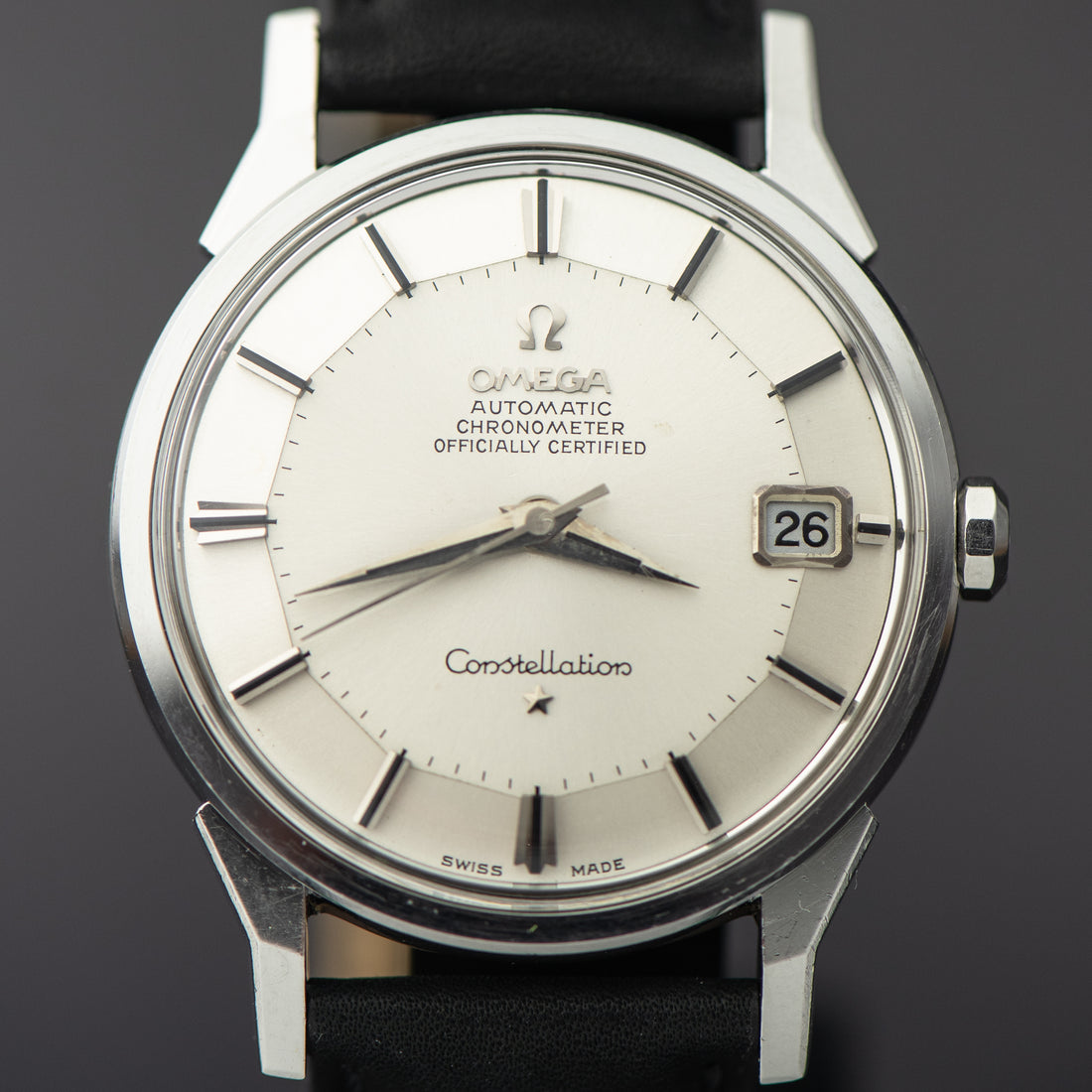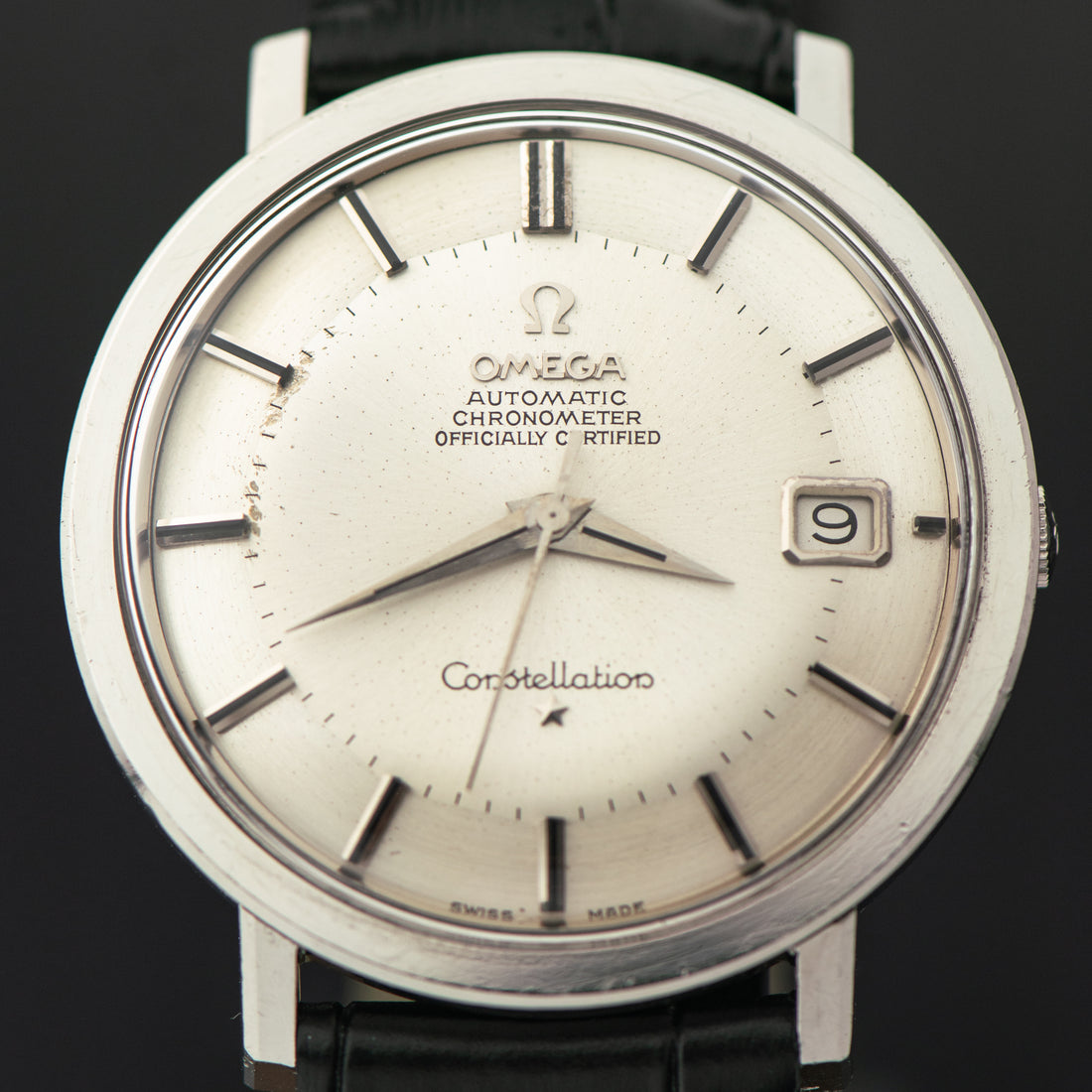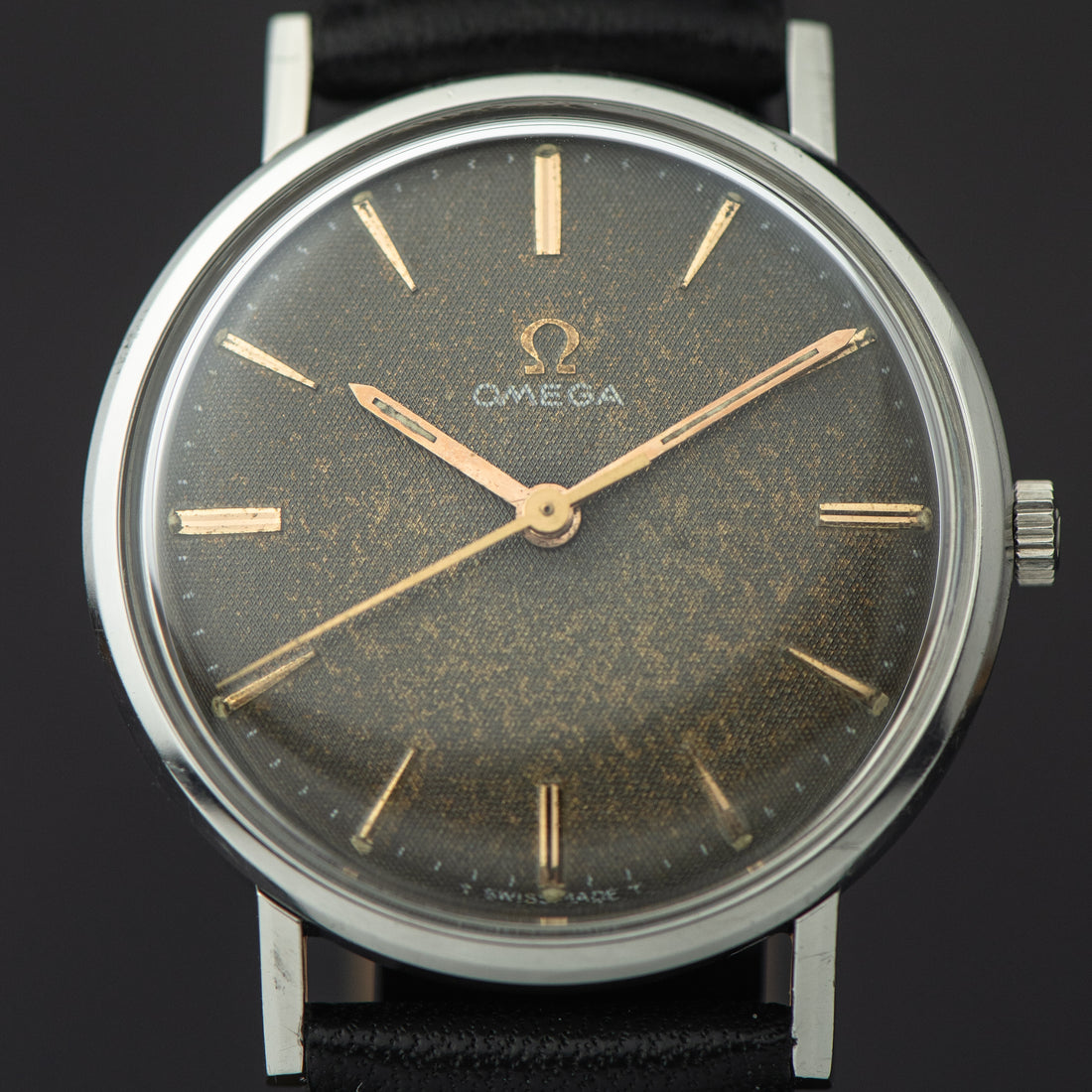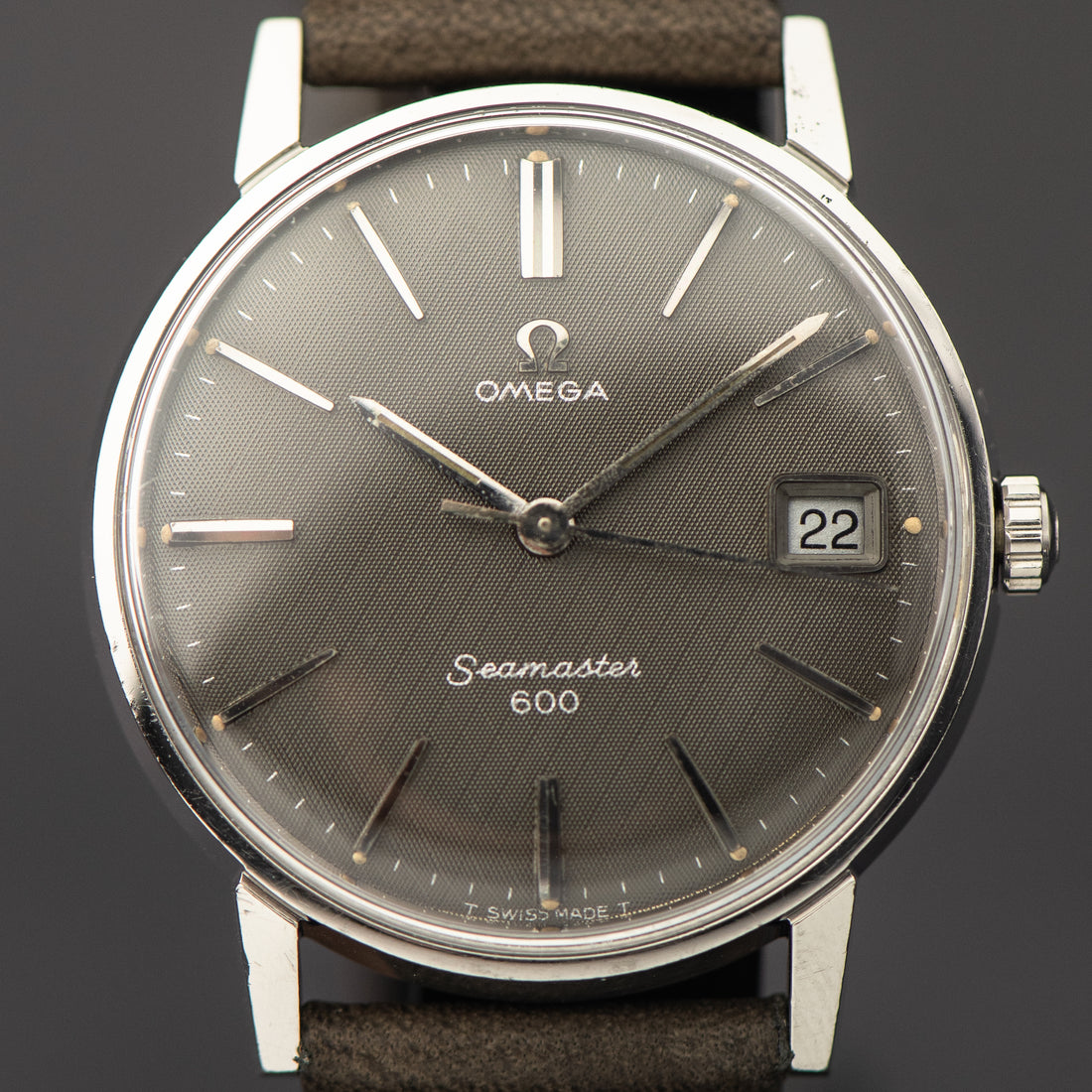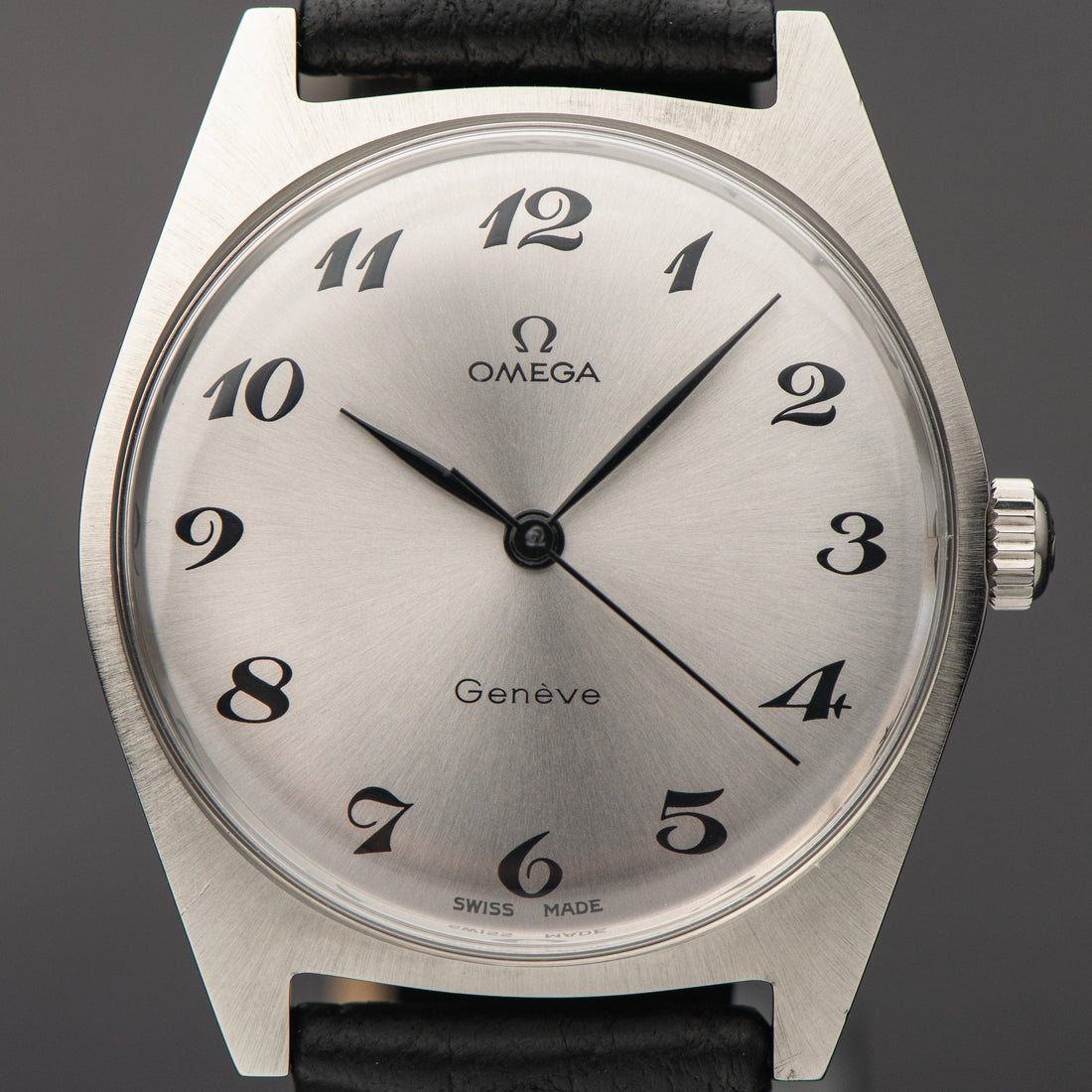
News
Original vs "Frankenstein": Verifying a Vintage Omega Watch
Original vs "Frankenstein": Verifying a Vintage Omega Watch
The Reality of Frankenstein Watches
The name "Frankenstein" usually brings an image of a monster stitched together from different parts. Well, the term has become something in the world of watches, and guess what? It’s not too far off the original concept.
These watches are like a patchwork quilt of watch parts. A dial from here, a case from there, maybe even an entire movement made last year. They might look the part, but they’re far from original. You might find one on eBay that gives off major vintage vibes, but don’t let it fool you. These pieces lack the authenticity that makes a watch truly valuable to collectors and enthusiasts alike.
You'll have seen these Frankensteins popping up in all corners of the internet, unfortunately, often trying to pass as genuine vintage finds. Sellers will pull pieces from different models, sometimes from completely different brands, to create something that (sort of) looks like a rare, vintage gem.
The result, honestly, is a watch that may catch your eye at first, but upon closer inspection, it doesn’t quite hold up. It’s like walking into a garage sale and thinking you’ve found a Picasso, only to realise it’s just a well-made replica.

Why do People Sell Frankenstein Watches?
The short answer is money. Frankenstein watches are born out of the desire to take a watch, poorly dress it up as something extraordinary, and charge a premium for it. Think of it as a shortcut to profit for sellers who either can't, or won't, source authentic, all-original pieces.
But of course, that isn't always the case. No pun intended!
Sometimes, sellers aren’t even aware that what they’re offering is a Frankenstein. They might have sourced parts from different places, not realising that the finished product doesn’t hold up to the standards of authenticity that collectors expect. It’s a slippery slope, especially in a market where vintage watches are in high demand, and people are willing to pay top dollar for something that feels rare. The unfortunate truth is that the buyer is often left holding the bag, disappointed to discover that their “rare find” is little more than a patchwork.
The Traps – How to Spot a Frankenstein Vintage Omega Watch
1. Logo(s)
One of the easiest ways to spot a Frankenstein watch, or even a counterfeit, is by looking at the logo. High-end watch brands like Omega are meticulous about their branding, and their logos are always crisp, well-aligned, and proportionate. Any inconsistencies, such as the logo being slightly off-centre, the font being incorrect, or the size being disproportionate to the rest of the dial, can be a major red flag. Additionally, logos that appear smudged, faded, or poorly reproduced suggest the use of non-original application or components.
Keep in mind that brands invest heavily in maintaining the consistency and quality of their branding across all their models, so even a slight deviation in their brand should raise suspicion.

2. Parts
Another clear indicator of a Frankenstein watch is when the various components don’t align with the model’s original design or reference numbers. A classic example is when a watch's case and reference number don’t match the features of the watch itself. For instance, we came across a Seamaster 600 with a date function, but the case had the reference number 135.011, which is actually for non-date models.
This kind of mismatch is a huge red flag, as manufacturers assign specific reference numbers for particular combinations of features, such as case design, movement type, and complications like a date function. When these don’t add up, it’s often a sign that parts from different watches have been combined

3. Hands
Omega have always been known for their strict adherence to design specifications, down to the exact shape, length, and material of the hands. If you notice hands that seem too short, too long, or are of a different style than what’s typically associated with the model, this is a strong indicator that the watch isn't completely original.
In addition to aesthetics, replacement hands may not fit properly on the movement, causing functional issues like misalignment or inconsistent movement. This can lead to hands that don’t sweep smoothly, or ones that may even rub against the dial or crystal. Authentic timepieces have been made with precision, and any deviation from the original design, especially when it comes to something as critical as the hands, can signal that non-original parts have been used.

4. Fonts
Watch brands are extremely consistent with their typography, ensuring that the font style, size, and placement are uniform across models. If you notice that the typeface on the dial differs from what is typically used for that specific model, or if the lettering looks uneven, blurry, or misaligned, this could be a strong indication that the watch has been tampered with or altered using non-original parts.
Fonts on authentic timepieces should be sharp, clean, and perfectly proportioned. Any deviation—such as thicker or thinner letters, unusual spacing, or characters that just look "off" compared to verified examples of that model, suggests that the dial may have been refinished or replaced altogether.

Does it really matter?
New collectors or those unfamiliar with vintage Omega watches might wonder if having 100% authenticity in every detail really matters. After all, if a watch looks great and serves its purpose, shouldn’t that be enough?
Genuine and original vintage Omega watches don’t just hold their worth, they often appreciate over time, especially when properly maintained. On the other hand, Frankenstein watches, which lack originality and consistency, typically fail to retain value. The combination of mismatched or non-original parts can significantly diminish both their history and market appeal, making them less desirable to serious collectors.
Partnering with a Watch Seller
To ensure you purchase an authentic vintage Omega, it's always recommended to work with a seller who has a well-established reputation. Authenticity is vital when it comes to vintage Omega watches, as the brand’s craftsmanship makes it important to recognize key details that help protect against counterfeit or altered pieces.
As we've noted, not everything is easily detectable at first glance.
Choosing a trusted seller, such as Watch Vintage, with hundreds of positive reviews, provides you with the transparency and confidence in the origin of your vintage Omega, which is something you won't always get from unpredictable second-hand marketplaces.

About Us
When a watch is sold by Watch Vintage, it takes uncertainty out of the equation.
Every watch that passes through our hands is authenticated, tested, and serviced to uphold the highest standards of quality and originality.
With Watch Vintage, you are guaranteed authentic vintage Omega watches.
